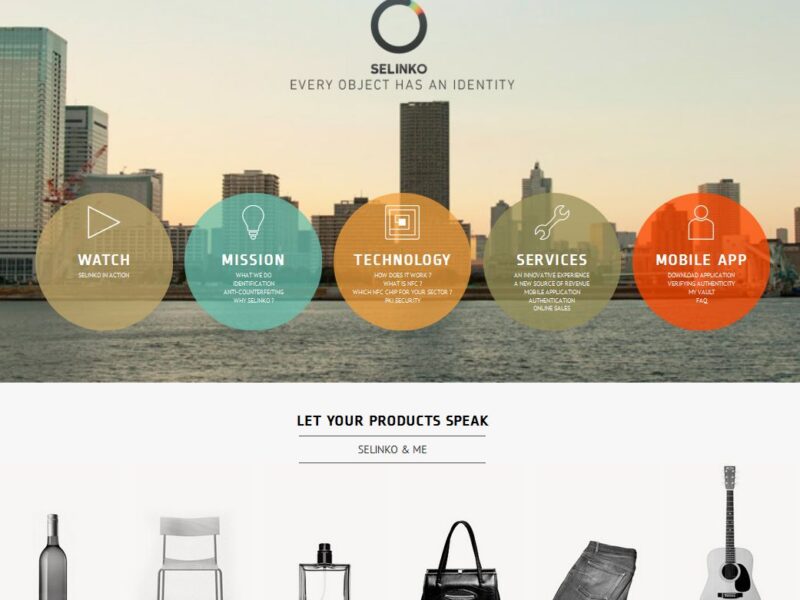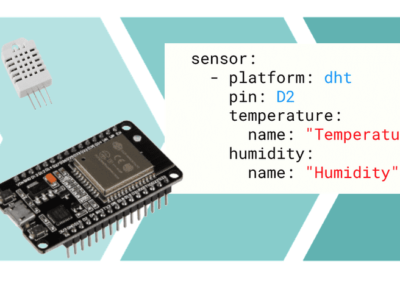
Cloud-based NFC merges product traceability and direct marketing
With most Android phones now able to read NFC tags, brands can associate every NFC-tagged product with specific branding messages, accessed by the consumer through dedicated applications. This not only opens up new marketing channels for the brands, but each NFC-read out by would-be buyers can actually feed geolocalisation data (via the smartphone) about the item being read.
For the consumer, the embedded NFC tag provides unique product authentication, by being matched or not in the brand’s own database of manufactured items. For the brands and their retailers, cloud-based operation via the smartphone’s internet connexion means that brand protection and product traceability now go hand-in-hand with consumer data and direct marketing.
If you’ve been buying wine at 1000 euros a bottle, then you don’t want to be drinking tainted water. If you’ve been buying expensive perfumes or cosmetics, the brands will want to ping your smartphone when you are in proximity of a retailer, maybe offering you a discount on products you haven’t tried yet.
At a time when geolocalisation and proximity marketing are the rage, luxury brands are among the first to look into item-level NFC authentication. The small cost overhead of embedding the NFC-chip and managing a cloud-service could largely be compensated by the extra marketing insight they get as they engage directly with their customers.
Belgium startup Selinko is fitting in the picture by providing its NFC-labelling expertise and database management services. Only a year and a half after it was launched late 2012, the company has secured one million Euros in private funding to develop its commercial activities in France and Internationally.
The company who positions itself as an anti-counterfeiting solution provider for the Internet-of-Things wants to expand beyond the luxury markets, promoting item traceability together with direct marketing tools. Upon NFC authentication, each item becomes a new channel of communication, effectively it become a new point of sale through the branded application.
By scanning a product using the NFC reader of their smartphone, consumers can also access product info such as the time and place of production, they can register for extra services related to the product. The brand’s imagination is the only limit.

A few luxury brands such as wineries Le Pin and Buccella and exclusive leather goods manufacturer Delage (a former classic automobile maker) are already endorsing Selinko’s NFC-authentication solutions.
The company has great traction in the wine and spirits market, told us Selinko’s CEO Patrick Eischen. Estimations from the International Center for Alcohol Policies show that 30% of consumed alcohol is illicit, and China now being the first country in red wine consumption before France and Italy, wineries are actively looking at protecting their brands against counterfeiting (fake bottles, fake labels, re-filling).
For garments and leather goods, the chips and antenna can be sewn into visible labels or within internal seams. But for spirits and perfumes, how do you authenticate the content when you can only tag the bottle?
“We have developed special NFC labels and antennas for bottle necks that will authenticate the product as long as it has not been opened” explained Eischen.
“When you remove the shrink band or wraparound seal to open the bottle, you shear the antenna and disconnect the chip, which in effect disqualifies the good. If it can’t be read and matched in our database, then it’s fake” Eischen added.
Arguably, you could still fake products with NFC tags landing customers to phishing websites. The customers would only know if the product they buy is genuine by using the brand’s application. It is all about communication and brand image. The retailers would easily identify and remove these counterfeit goods through their privileged data access, they should also educate their customers regarding NFC and the brands’ apps. The next stage would be to implement an automated kill-switch for the NFC tag when the bottle has been opened.
Each chip contains a certificate encrypted at hardware level, which can be read using an NFC-enabled phone containing Selinko’s secure application. The unique certificates are generated by an independent certification authority issuing public and private keys in a PKI infrastructure. These certificates are then integrated into the chips, which have been placed in the items as part of the supply chain. Selinko offers to host the cloud services, but these could also be configured on servers at the brands’ premises.
Selinko chose Inside Secure’s EAL5+ certified VaultIC RFID tag to implement its authentication solution. “After evaluating various chips on the market, we think this was the only NFC chip offering a high-enough security for our needs” said Eischen.
Visit Selinko at www.selinko.com
Related articles:
NFC Apps of the future: who will hit the mainstream?
ISO/IEC15693 compliant RFID chip authenticates goods through NFC
Dual-interface NFC tags connects smartphones to any device
NFC tag powers richer user interfaces
Amazon’s smartphone: a tracking tool in disguise
 If you enjoyed this article, you will like the following ones: don't miss them by subscribing to :
eeNews on Google News
If you enjoyed this article, you will like the following ones: don't miss them by subscribing to :
eeNews on Google News


